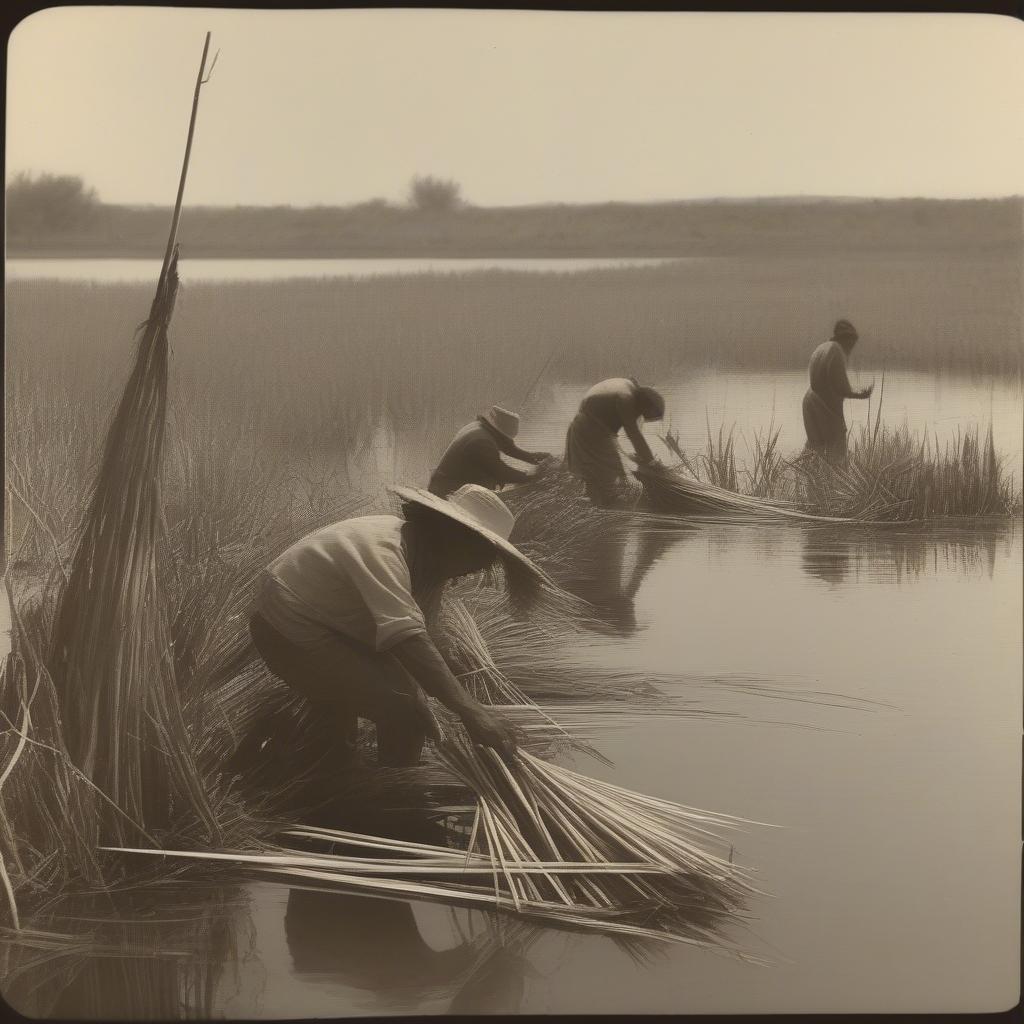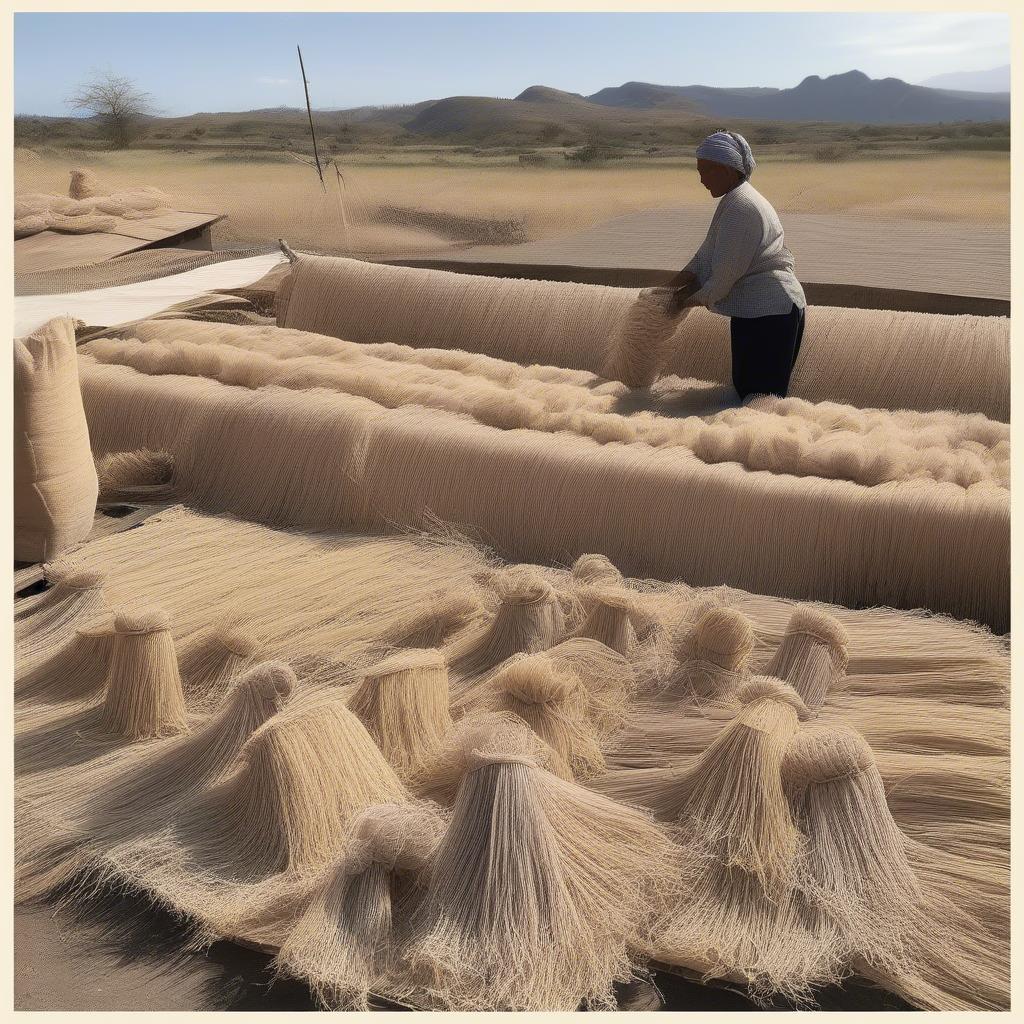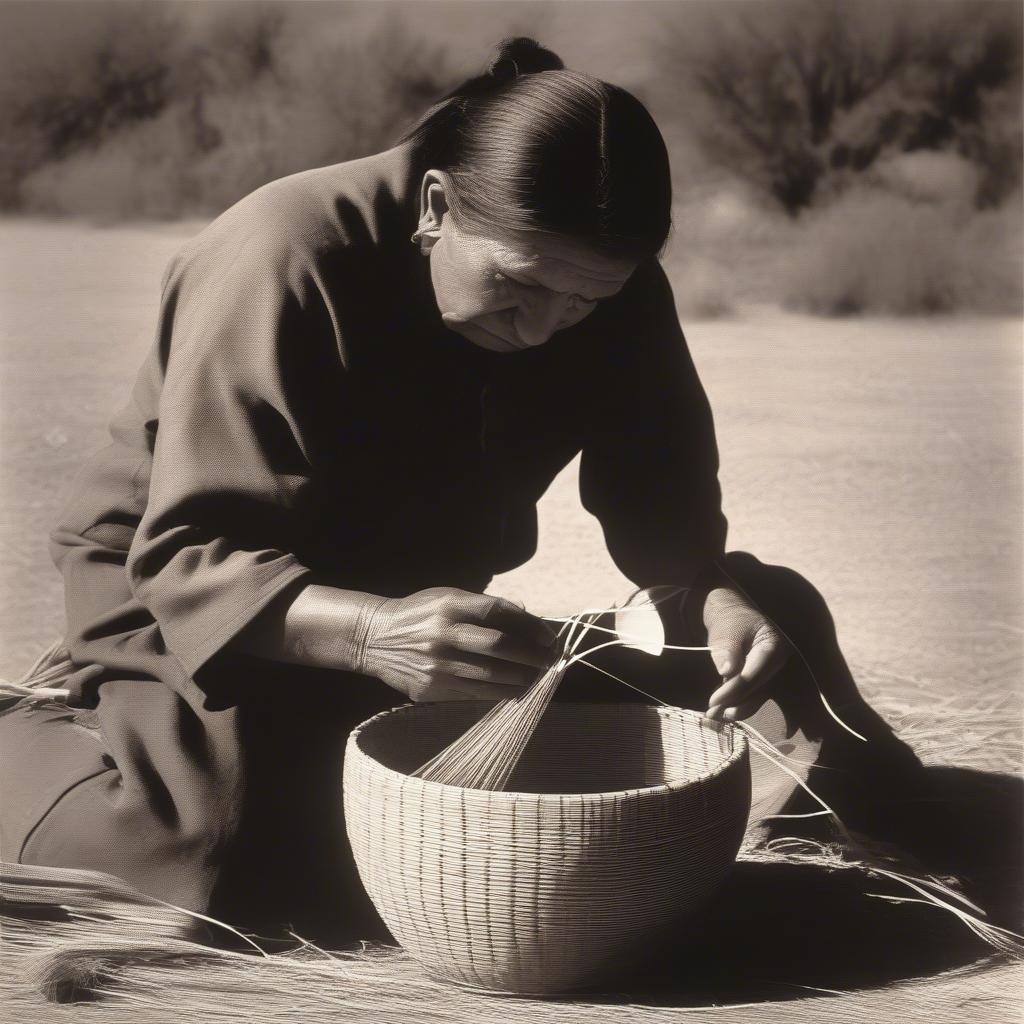Basket Weaving
Schoenoplectus Acutus in Indian Basket Weaving: A Timeless Tradition
Schoenoplectus acutus, also known as tule, has been an integral part of Indian basket weaving traditions for centuries. This article explores the significance of schoenoplectus acutus in Indian basket weaving, examining its harvesting, preparation, and diverse uses in creating beautiful and functional baskets. We’ll delve into the rich history, cultural significance, and the ongoing efforts to preserve these unique crafting techniques.
The Significance of Schoenoplectus Acutus in Native American Basketry
Tule, or schoenoplectus acutus, is a robust wetland plant that has played a crucial role in the lives of numerous Native American tribes. Beyond its practical uses for shelter and food, tule’s strong and flexible fibers make it a perfect material for intricate basket weaving. These baskets, far from being mere utilitarian objects, are often imbued with deep cultural and spiritual meaning, reflecting the weaver’s connection to their ancestral heritage.
 Native American Harvesting Tule
Native American Harvesting Tule
For many tribes, the gathering and preparation of schoenoplectus acutus for basket weaving is a communal activity, passed down through generations. This shared experience strengthens community bonds and ensures the continuation of traditional knowledge. The weaving process itself is often seen as a meditative practice, connecting the weaver to their ancestors and the natural world.
From Harvest to Handwoven Masterpiece: The Journey of Schoenoplectus Acutus
The journey of schoenoplectus acutus from wetland plant to intricately woven basket is a testament to the ingenuity and artistry of Native American basket weavers. The process begins with the careful harvesting of the tule reeds, typically during the late summer or early fall.
Harvesting and Preparing Tule for Weaving
After harvesting, the tule is dried and sorted according to size and quality. The drying process can take several weeks, and it’s crucial for ensuring the durability and flexibility of the fibers. Once dried, the tule is often re-wetted before weaving to make it more pliable.
 Drying and Preparing Tule for Basket Weaving
Drying and Preparing Tule for Basket Weaving
Different tribes employ unique weaving techniques, resulting in a stunning variety of basket styles and designs. Some baskets are tightly woven for storing water or food, while others are more open and decorative, used for ceremonial purposes or as gifts.
Weaving Techniques and Regional Styles
The intricacies of Schoenoplectus Acutus Indian Basket Weaving vary significantly across different regions and tribes. Some weavers incorporate other natural materials, such as willow or bear grass, to add color and texture to their creations. The patterns woven into the baskets often reflect traditional tribal motifs, telling stories of their history, beliefs, and connection to the land.
Preserving the Legacy: The Future of Schoenoplectus Acutus Basket Weaving
Today, many Native American artists are working to preserve and revitalize the tradition of schoenoplectus acutus basket weaving. Through workshops and apprenticeships, they are passing on their knowledge and skills to younger generations, ensuring that these beautiful and culturally significant art forms continue to thrive.
 Contemporary Tule Basket Weaving
Contemporary Tule Basket Weaving
The growing appreciation for handmade crafts and the increasing awareness of the importance of cultural preservation have contributed to a renewed interest in Native American basketry. By supporting these artists and learning about the rich history and significance of their work, we can help ensure the future of this timeless tradition.
Conclusion
Schoenoplectus acutus indian basket weaving is more than just a craft; it’s a living testament to the ingenuity, artistry, and cultural heritage of Native American tribes. From the careful harvesting of the tule reeds to the intricate weaving techniques passed down through generations, each basket tells a story of connection to the land and ancestors. By appreciating and supporting these artists, we contribute to the preservation of a vital cultural tradition.
FAQ
-
What is schoenoplectus acutus?
Schoenoplectus acutus, commonly known as tule, is a tall, robust wetland plant. -
Why is tule important in Native American basket weaving?
Tule’s strong, flexible fibers make it an ideal material for creating durable and intricate baskets. -
How is tule harvested for basket weaving?
Tule is typically harvested in late summer or early fall, then dried and sorted. -
What are some common uses for tule baskets?
Tule baskets are used for various purposes, from storing food and water to ceremonial and decorative uses. -
How can I support Native American basket weavers?
By purchasing authentic Native American baskets and attending workshops or demonstrations, you can support these artists and their traditions. -
What is the cultural significance of tule basket weaving?
Basket weaving is often a communal activity, strengthening community bonds and passing down traditional knowledge. -
Are there different styles of tule basket weaving?
Yes, weaving techniques and basket styles vary significantly across different regions and tribes.
Call our 24/7 customer service line at +84 388 951 999 or visit us in Hanoi, Vietnam, or at Tech Avenue, Suite 12, San Francisco, CA 94105, USA for assistance.
